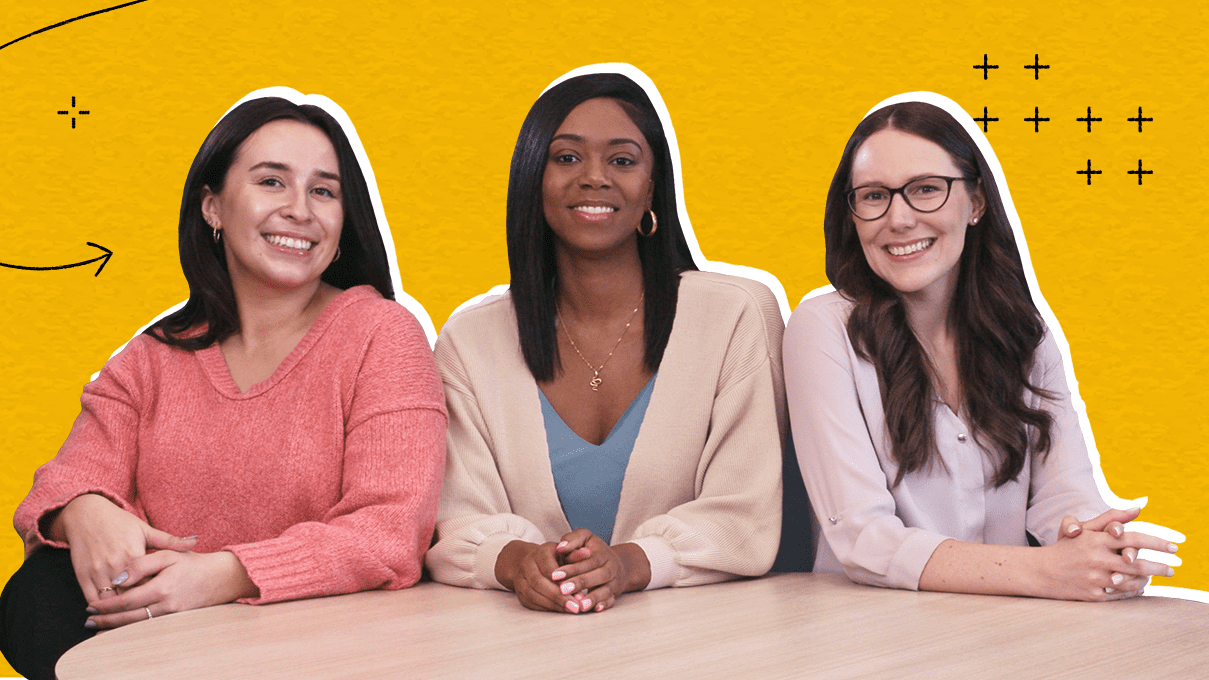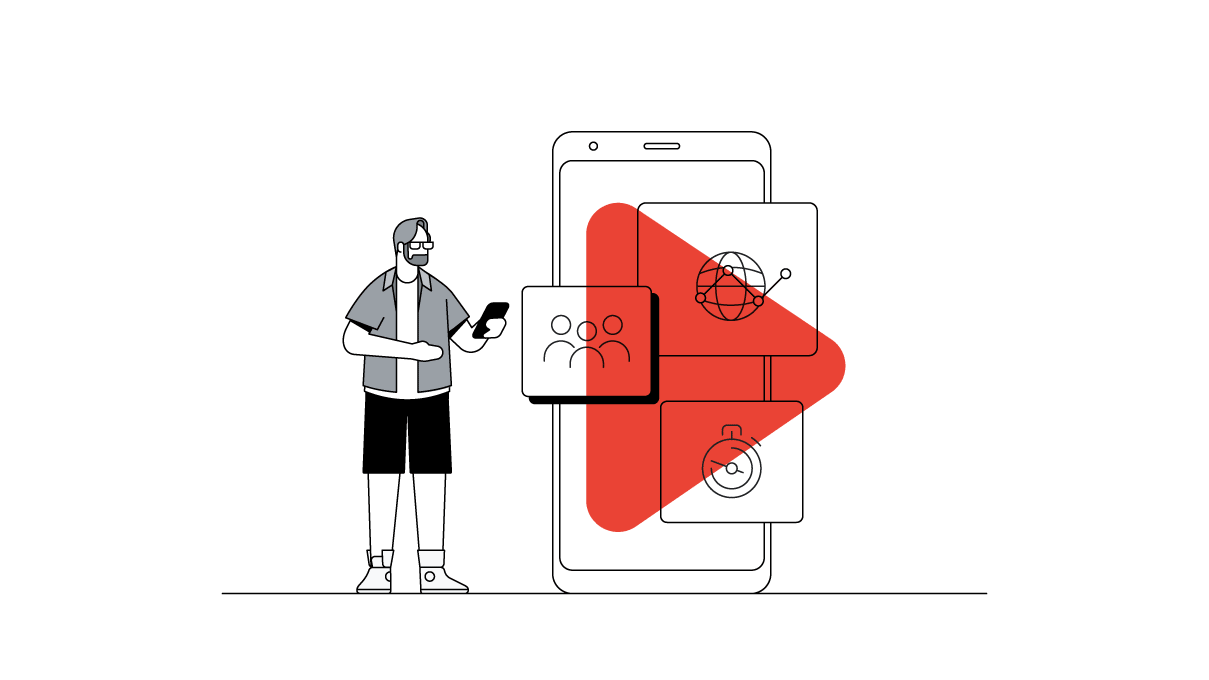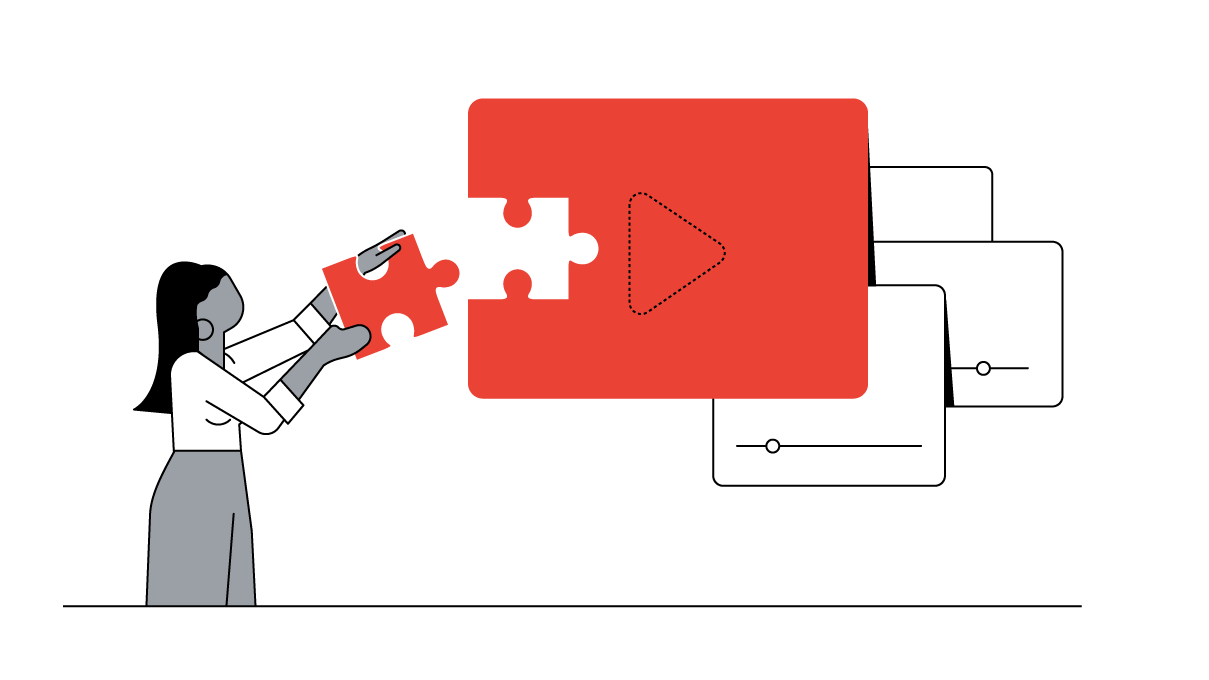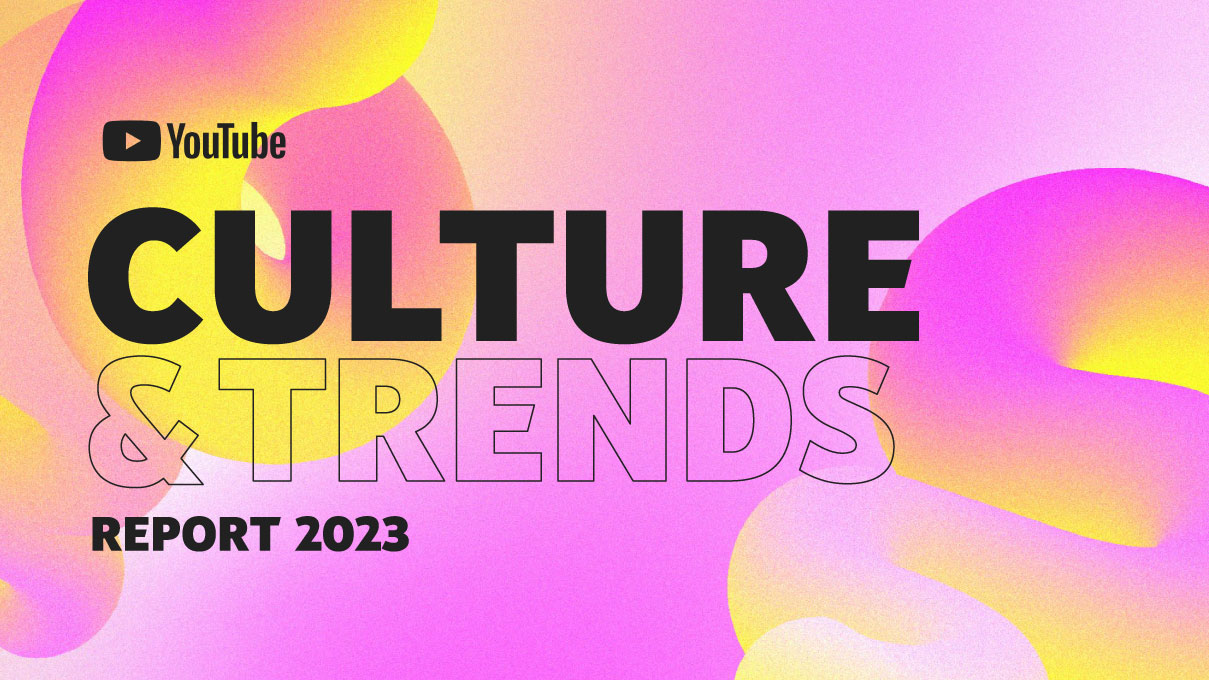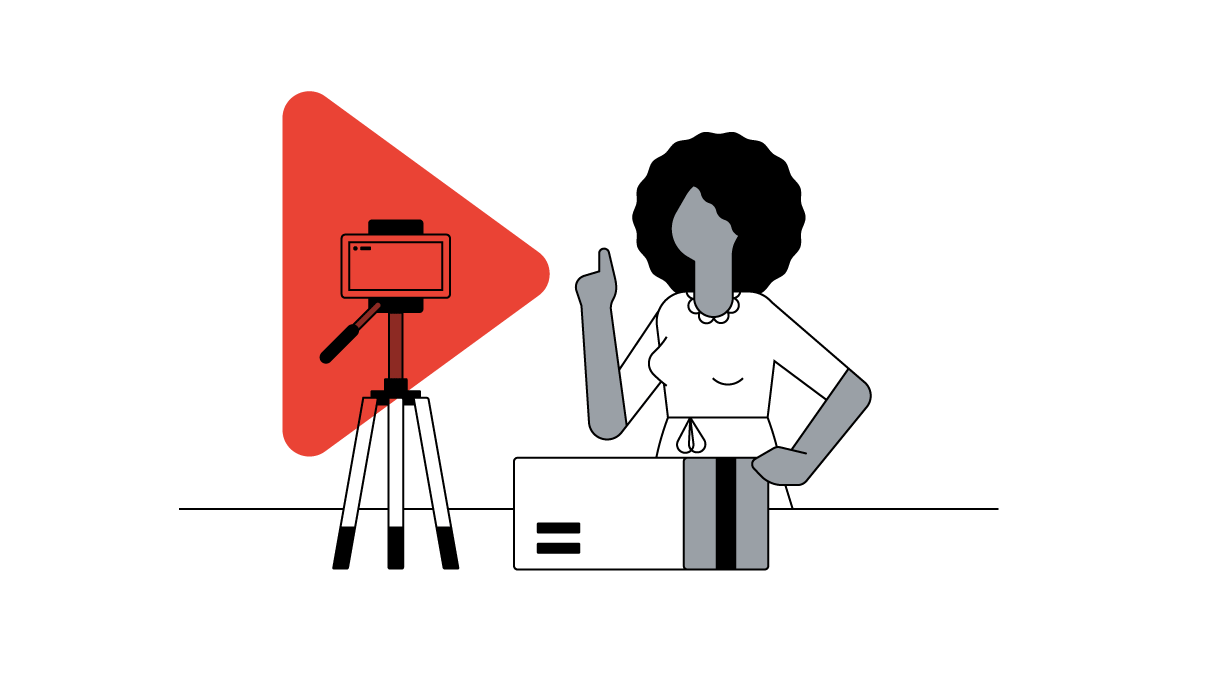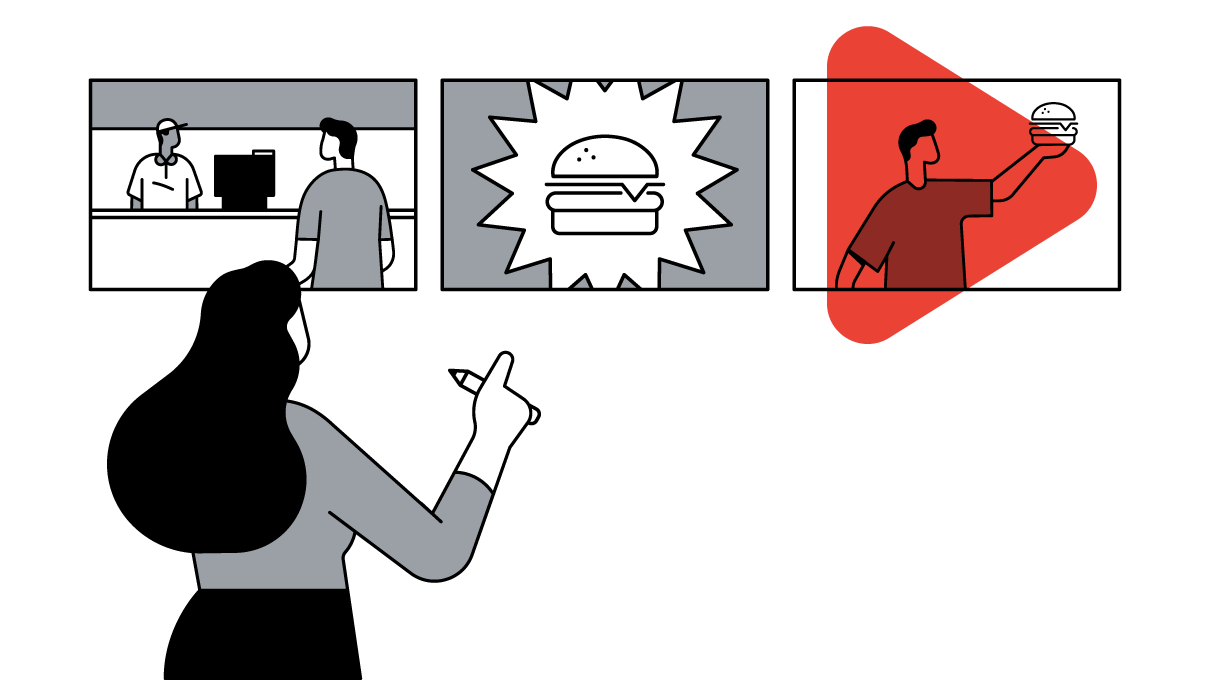Google researchers answer viewer questions about pandemic searches, Google Lens, and more
Host
Guests
Published
May 2022Share this page
Google researchers answer viewer questions about pandemic searches, Google Lens, and more
May 2022Since fall 2021, our Global Market Insights team has been sharing unique perspectives from the world of Google Search in monthly YouTube videos. Along the way, viewers have been dropping queries in the video comments section, looking for clarity into the team’s process, findings, and trend tracking. Join the Insights Jam team as they answer viewer questions about how the pandemic changed the way we search, how open people are to new things, and the nuances between Google Search and image search.
Find more marketing insights in our Insights Jam series, or visit the Think with Google YouTube channel.
Ashley Wells: Join us for a special episode of the Insights Jam, where we turn the discussion 180 degrees, and discuss your topics and questions. But, before we get into it, hit that subscribe button.
Once a month, a group of data analysts and marketers get together to explore the most recent trends in Google search. The Insights Jam team includes Samantha Gelinas, consumer insights manager; Casey Fictum, creative product lead; Dan Trovato, data insights manager; and me, Ashley Wells, consumer insights manager.
Hey, everyone. Welcome back to another Insights Jam. This episode, we’re going to try something a little different. In the previous episodes of the series, viewers have been asking us some really interesting questions in our comments section. So today, we’ll be trying to answer your questions about marketing, data trends, and more.
So Dan, the first question our viewers are wondering is, “How or if the pandemic has changed the way we search.”
Dan Trovato: It’s an interesting one. I’ve got two answers to that: Yes, absolutely, it’s changed the way we searched, but, also, I don’t know. So our research focuses on signals in search behavior, and we’ve definitely seen tons of signs of search behavior changing due to the pandemic: things like the rise of digital or people moving their tasks online more than ever. But, in terms of how people are searching, in the past we’ve done research that showed that people were searching using more natural language, asking Google things like “should I” or “can I” or “do I need.” And I would love to do that same type of research again to try to understand if that has changed post-pandemic.
Ashley: That takes us to our next question, which is, “How do you decide which topics to talk about for your episodes?”
Samantha Gelinas: Well, the short answer is we let the data guide us. But let me share a few more details about what goes into the Insights Jam.
So basically, we have an internal discovery tool that we use to uncover search claims. And it’s already set up to filter out low-growth or low-volume claims, so we know we’re working with really robust, interesting data right off the bat. What we do is, we all jump in there individually. We flag claims that we think are really interesting or showing something unique.
Once we have this repository of claims, we come together as a team, and we talk about what we’re seeing. So how does this search claim illustrate changing consumer behavior? Or would this be interesting for marketers to know? During this discussion, we’ll actually group the claims into themes, and these are ultimately the topics that we share with you.
Ashley: Awesome. Next question is for Casey.
Casey Fictum: [mumbling] Finally!
Ashley: And the question is, “How are image searches,” [laughs] “how are image searches different from Google searches? What’s the connection to Google Lens?”
Casey: OK. So image searches are different from Google searches in that the user’s intent is to get an aesthetic output, a collection of images that they can view rather than text links to webpages.
So where Google Lens comes into play is there’s a difference with the input and the output. So for image search and what we share on the show, we are talking about text input into the search box to then produce an aesthetic. So “hair trends 2022” would be an example where somebody is looking for 30 different pictures of hair trends. That tends to be the trend we talk about with image searches.
Lens is different in that it’s a photo input with a subject output: looking at a plant, and then it tells you, “Oh, that plant is an orchid.” So you take a photo, and then you get a result of that plant as an orchid. Both have commercial advantages for different reasons, but we tend to focus on the former.
Oh, Ashley, there’s one that I want to make sure that we address and it’s whether or not our trends are U.S. only or global. There was a comment about clarifying that, and I feel like that’s pretty important.
Ashley: Generally speaking, we try to address, if the claim is local, regional, or global.
Now, of course, we do see some nuances when it comes to certain regional things that we see. For example, in the U.S., we see a lot of seasonal searches that we may not see in other markets, but generally speaking, the scope of all of our claims is intended to be global.
Next question is, “Why does your team pay attention to specific industries?”
Dan: Yeah, I can take that one. So we let trends bubble up from the data, but we also have a good understanding of where a lot of our customer base is, at what industries viewers like you would also be hailing from. There tends to be a focus on retail and travel space; many of our customer base is from there. And so we’ll keep one eye on some of the biggest industries as well.
Ashley: So this next question, which is, again, a really great question, I’m really loving these ones. So in the Year in Search: New Year, New Me episode — and kudos for them remembering the title on that one — a claim was made that people were primed to try new things in 2020.
But, “Haven’t customers always been open to learning new skills and trying new products?”
Dan: Yeah, I love this question too, Ashley. The way I think about it is: habits are really hard to form and also really hard to break. When the pandemic hit for the first time, people were forced to really change long-standing habits that they had developed over years, whether it’s commuting or work-life balance. It forced people to get rid of those habits, and, I think in that sense, there’s never been a time where people are, as a global community, more open to trying new things than right now.
And I think that’s why we’re seeing a lot of stickiness, actually, with these home-as-headquarters trends. Even in the face of reopening is this idea that people have developed habits now because of the pandemic. They’re not forced, even though we’re reopening, they’re not forced to change those habits in the same way. And so a lot of those things are actually sticking around.
Ashley: Yeah, and I think what’s important to note about that point, Dan, is just because people have changed their habits, we have to keep in mind that, now that they’ve started to step out of their comfort zone, and they realize, “Hey, this isn’t that bad, I’ve discovered something new.” We see that constantly in our Google search data, where expectations for certain things continue to rise: expectations for brands, expectations for faster, more convenient services and products. And so I think what’s interesting there, is to note this could be a longer-term thing that we’re continuing to see.
And so just reiterating the fact that businesses and brands really need to be agile as consumers continue to try out and test out new things, make new hobbies and habits, and make new plans for themselves.
Samantha: Yeah, and just building on what you and Dan said, Ashley. You know, there’s been this disruption, and people have formed new habits and tried new things.
And I think that’s all within the context of this increasingly digital world. So you can go on YouTube and learn about niche hobbies; you can go to Google Maps and find local businesses and new products that you haven’t tried before. I think there has been this disruption in this context of digital and accessibility to new things. So I think it’s just taking what’s already been a human habit of trying new things and taking it to the next level.
Ashley: Well, that’s all we have time for today. Great questions and a great discussion. Thanks, everyone.
Team: [crosstalk] Thanks, everyone.
Ashley: See you all in our next episode.
Thanks for joining the Insights Jam. If you have questions that you want covered in a future episode, be sure to drop them in the chat below. And remember to subscribe to the Think with Google channel to get access to all of our other great content the moment it launches.
Have a good one, and don’t forget — you keep searching, we’ll keep exploring what it all means.
Others are viewing
Marketers who view this are also viewing
-
Video
![]() Video
Video3 ways to shift your marketing strategy to adapt to the consumer journey
Watch now -
Article
![]() Article
ArticleWhat marketers can learn from the most powerful YouTube trends of 2022
-
Perspective
![]() Perspective
PerspectiveWhy marketers are missing worlds of content people want — and how to change that
-
Article
![]() Article
ArticleWhy conversion modeling will be crucial in a world without cookies
-
Article
![]() Article
ArticleYou need a privacy-centric organization. Here’s how to build it
-
Article
![]() Article
Article4 trends in video culture that signal bigger shifts
-
Perspective
![]() Perspective
PerspectiveThe creator effect: Why brands are turning to influencers and what this means for the future of shopping
-
Tutorial
![]() Tutorial
TutorialUnderstanding the ABCDs of effective creative on YouTube
